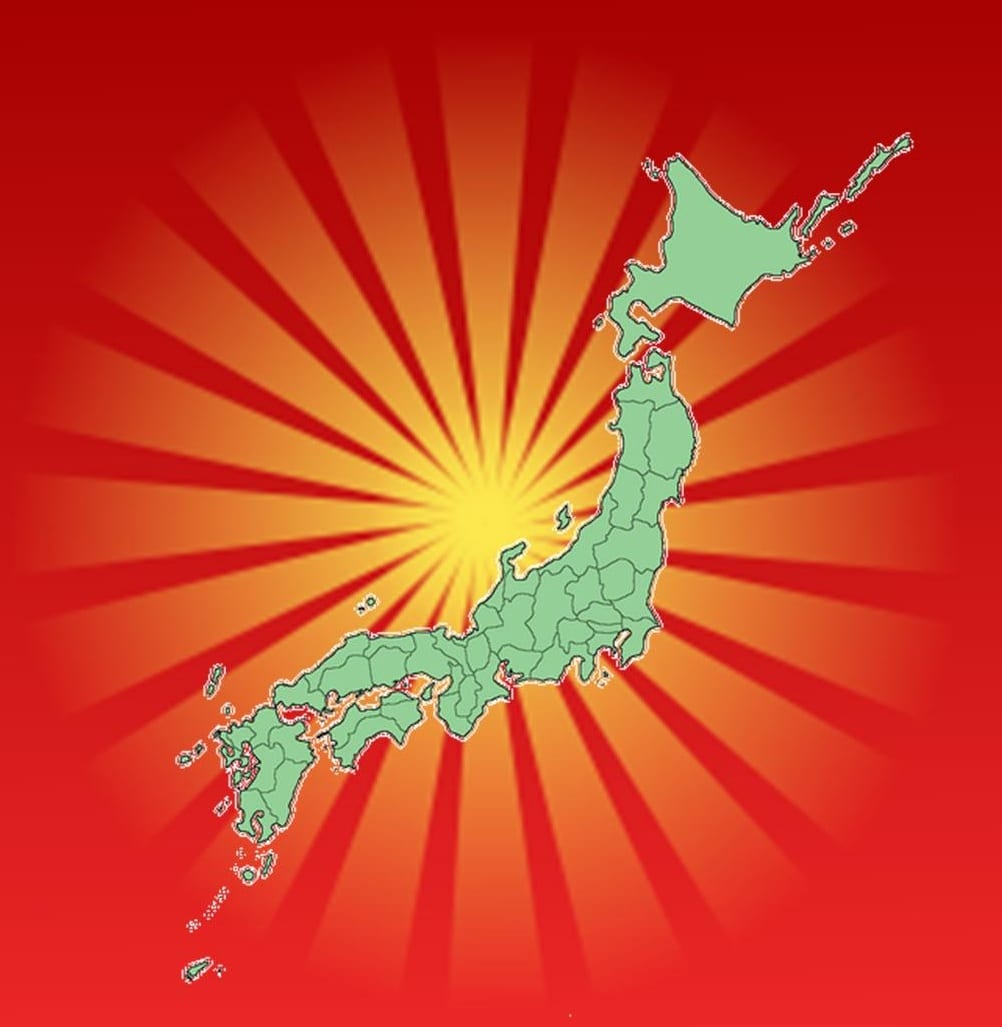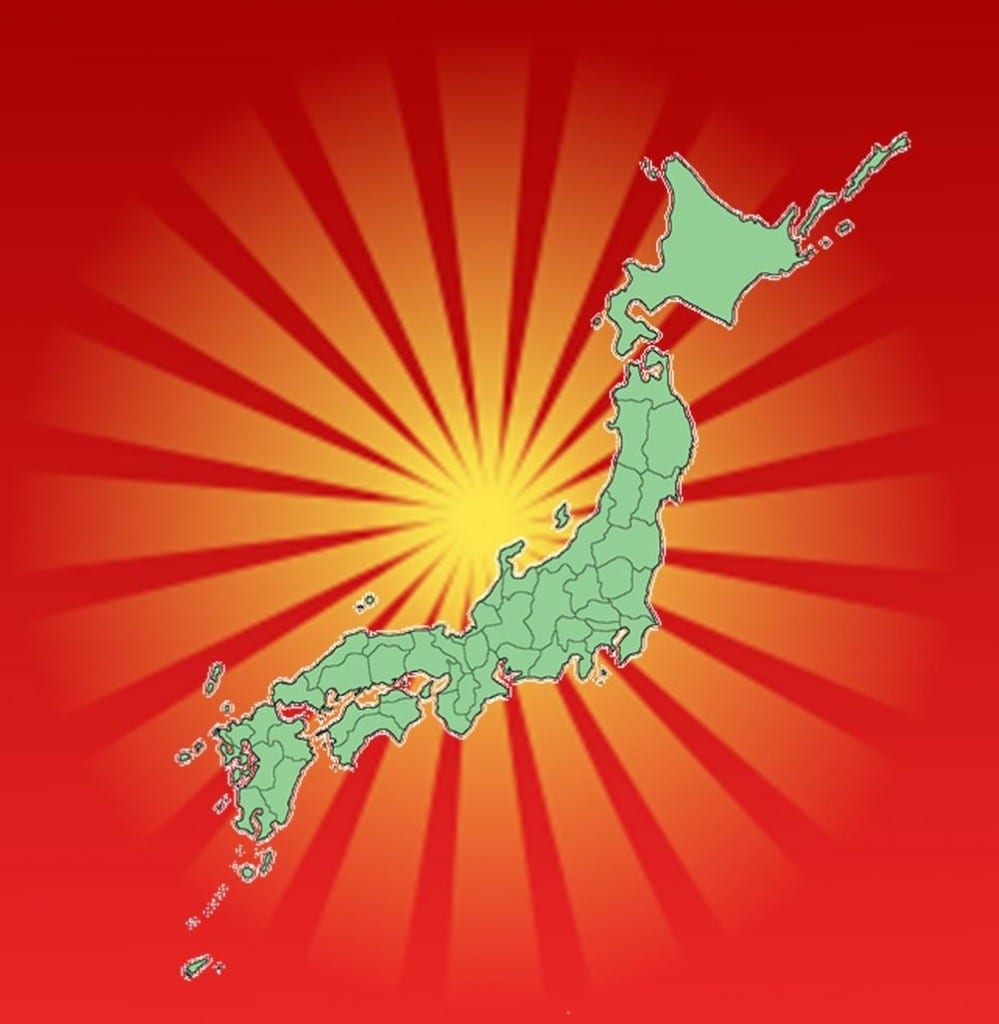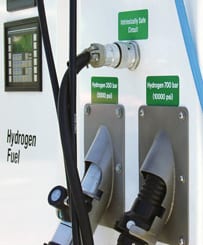
Solar energy feed-in tariff in Japan set to receive changes
April 1, 2013Japanese solar energy tariff may be up for change
Japan has adopted an aggressive stance on the matter of renewable energy. The country has been looking to break away not only from fossil-fuels in the past year but nuclear energy as well. Since the 2011 Fukushima disaster, which sparked one of the worst nuclear crises that the world has seen since Chernobyl, Japan has been working to adopt other forms of renewable power. Solar energy is one of these renewable powers that has won support from the Japanese government and solar energy has received the backing of the most ambitious feed-in tariff in the world. That may soon change, however.
Tariff helps boost solar energy to new heights in Japan
Japan’s feed-in tariff is based strongly on one that was launched in Germany. The tariff is designed to provide a financial incentive that makes adopting solar energy more attractive to consumers. The tariff pays consumers for the surplus electrical power they generate through their solar energy systems, purchasing this energy on a per kilowatt-hour basis. In Germany, this feed-in tariff plan proved so successful that it threatened the solvency of the federal government. Over the past year, Japan has seen little economic turmoil caused by its tariff, but may be looking to change its parameters slightly.
Tariff could see a 10% decrease in subsidies for new projects
The Ministry of Economy, Trade, and Industry is expected to reveal changes it plans to make to the solar energy feed-in tariff on April 1. In the meantime, however, the agency has released a report concerning the feed-in tariff. The report highlights the impact the tariff has made on the adoption of solar energy, showing a marked increase over the past year. The report also suggests that the feed-in tariff should be lowered by 10% of new solar energy projects, but should be kept the same as it is now for existing solar energy projects.
Japan may be able to devote more funds to other forms of renewable energy
The report also suggests that little should be changes about the country’s feed-in tariff, largely due to the strong performance of the solar energy sector. A 10% decrease on subsidies for newsolar energy projects could be applied without adversely affecting the tariff initiative and the report suggests that the funds released by the decrease could be funneled to other renewable energy projects around the country.




 With over 15 years of reporting hydrogen news, we are your premier source for the latest updates and insights in hydrogen and renewable energy.
With over 15 years of reporting hydrogen news, we are your premier source for the latest updates and insights in hydrogen and renewable energy.